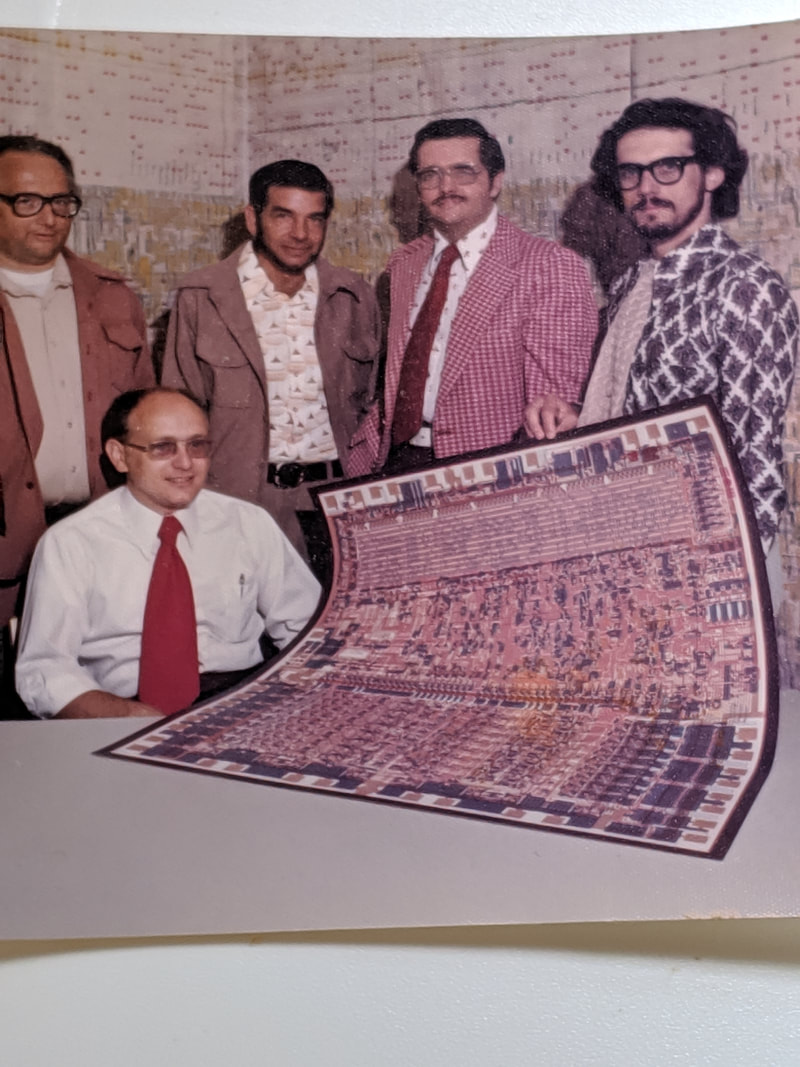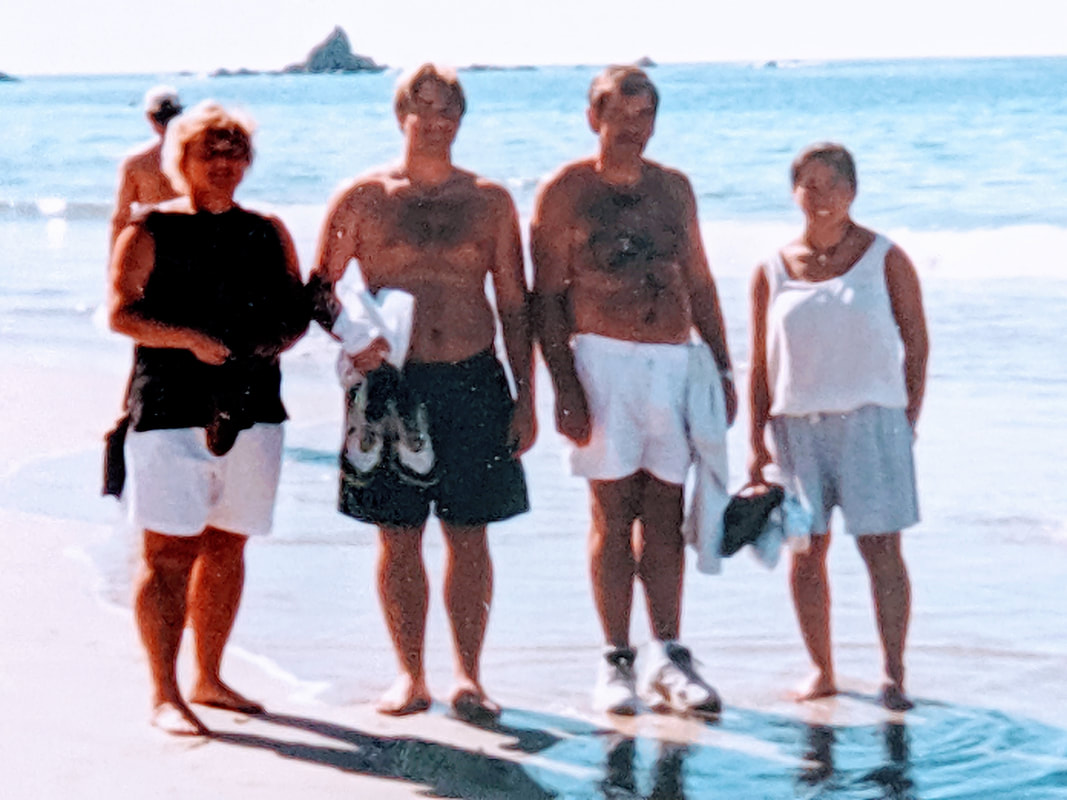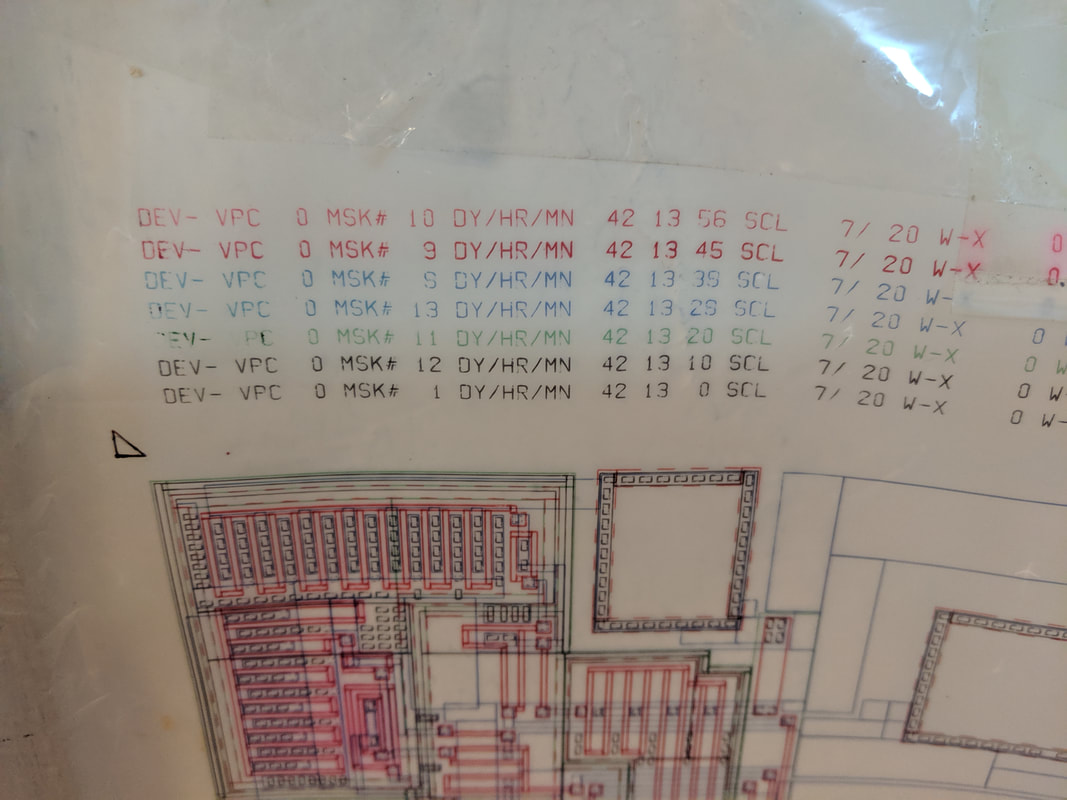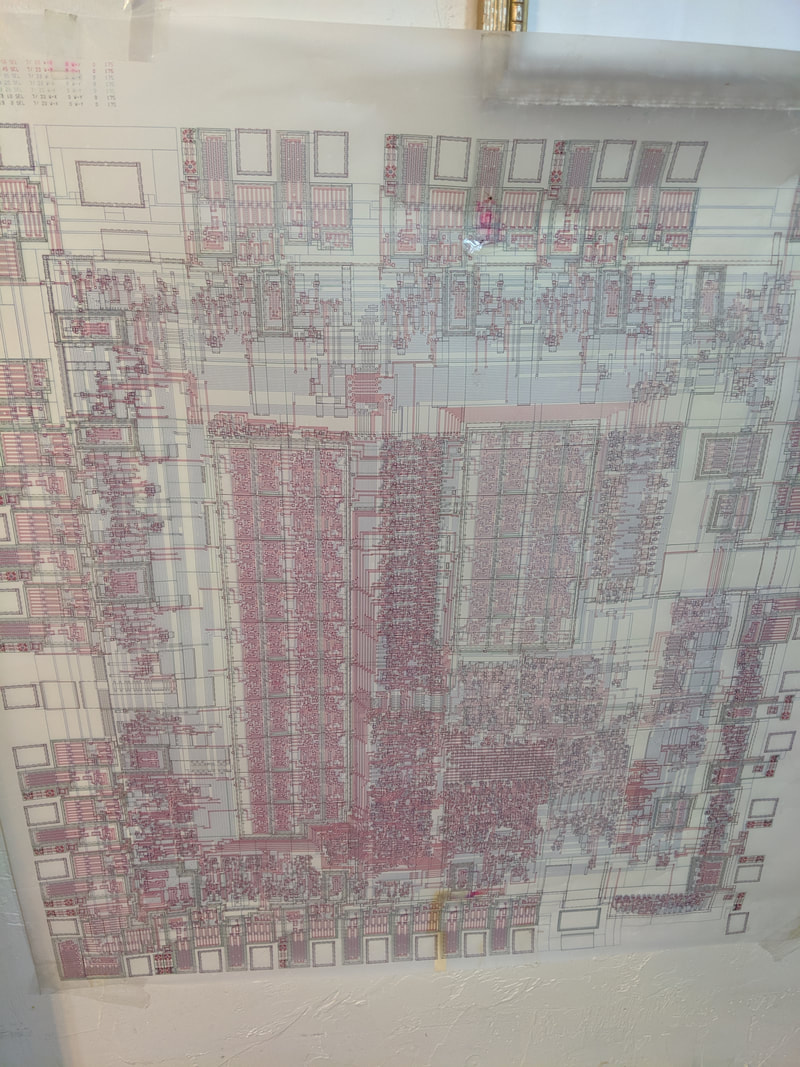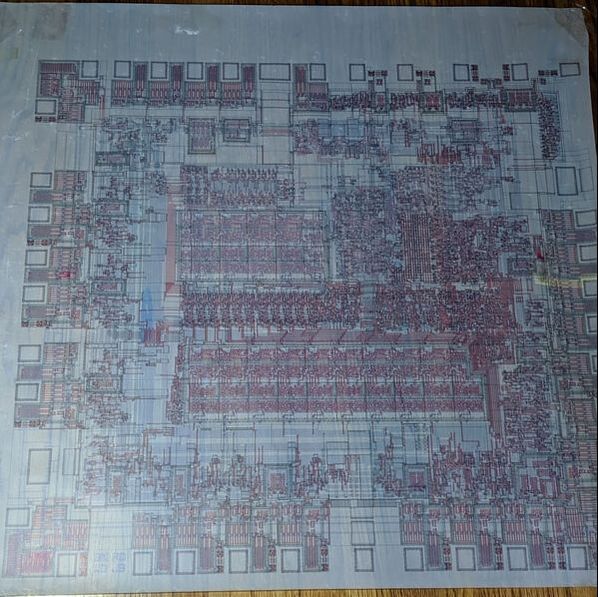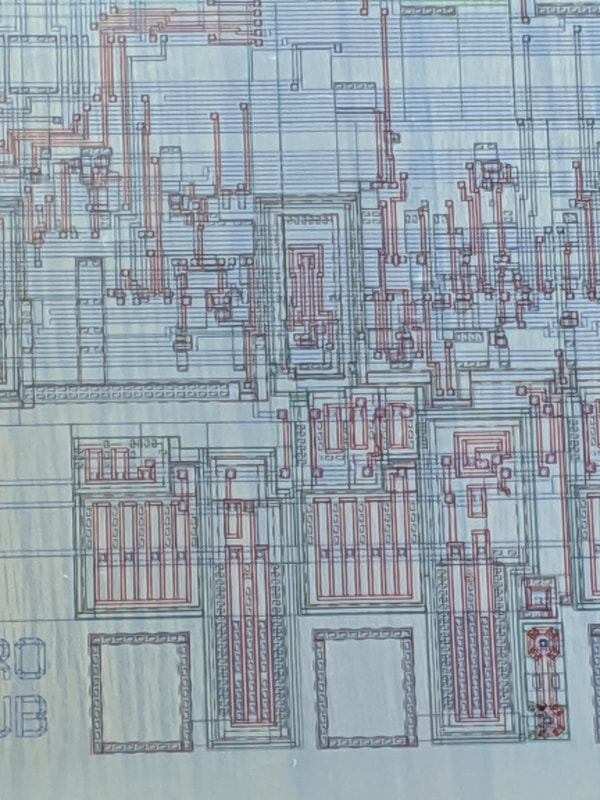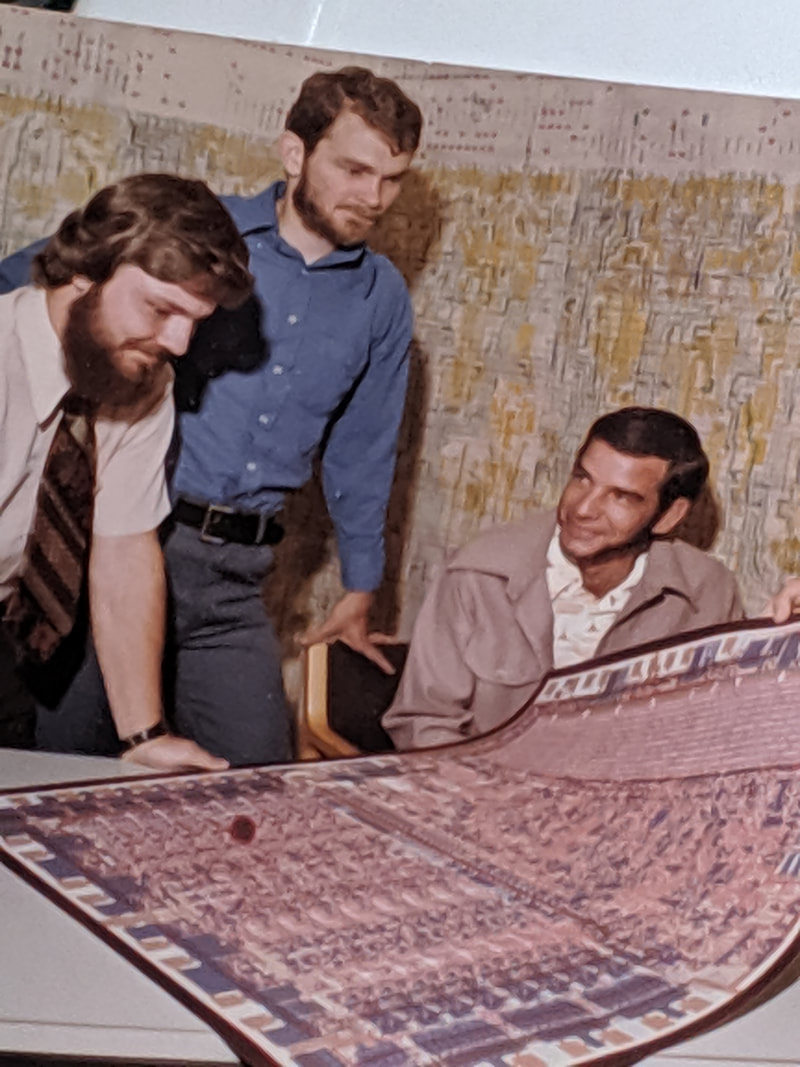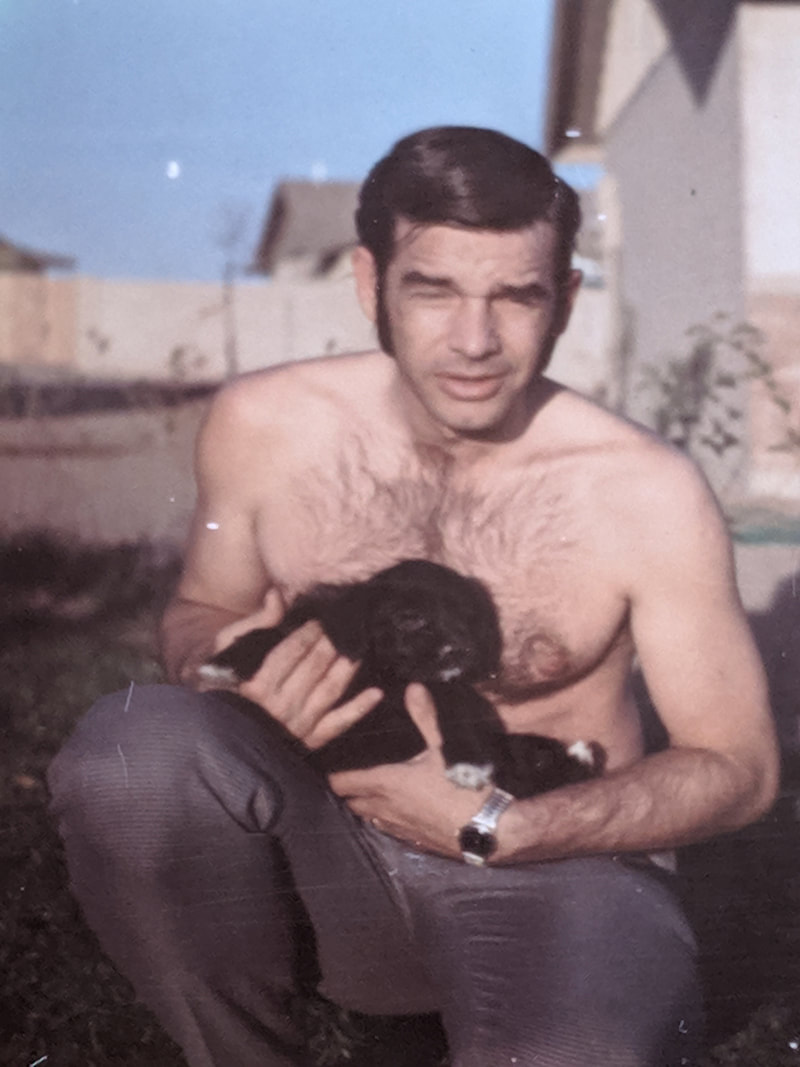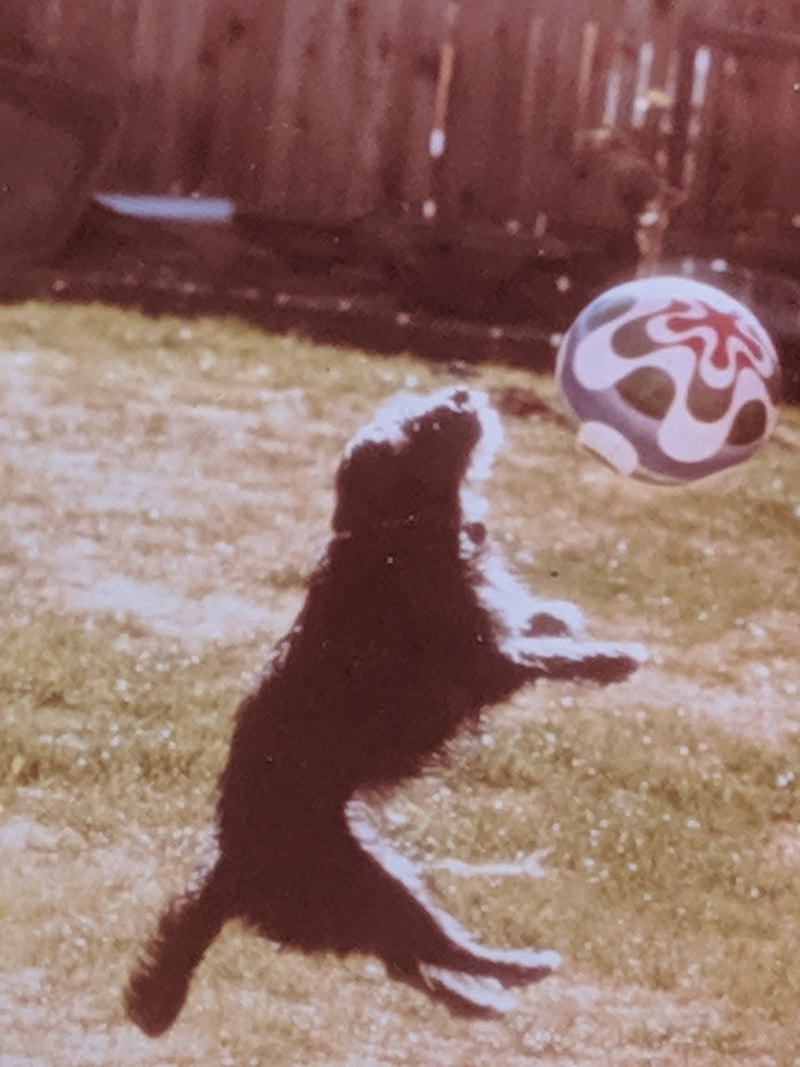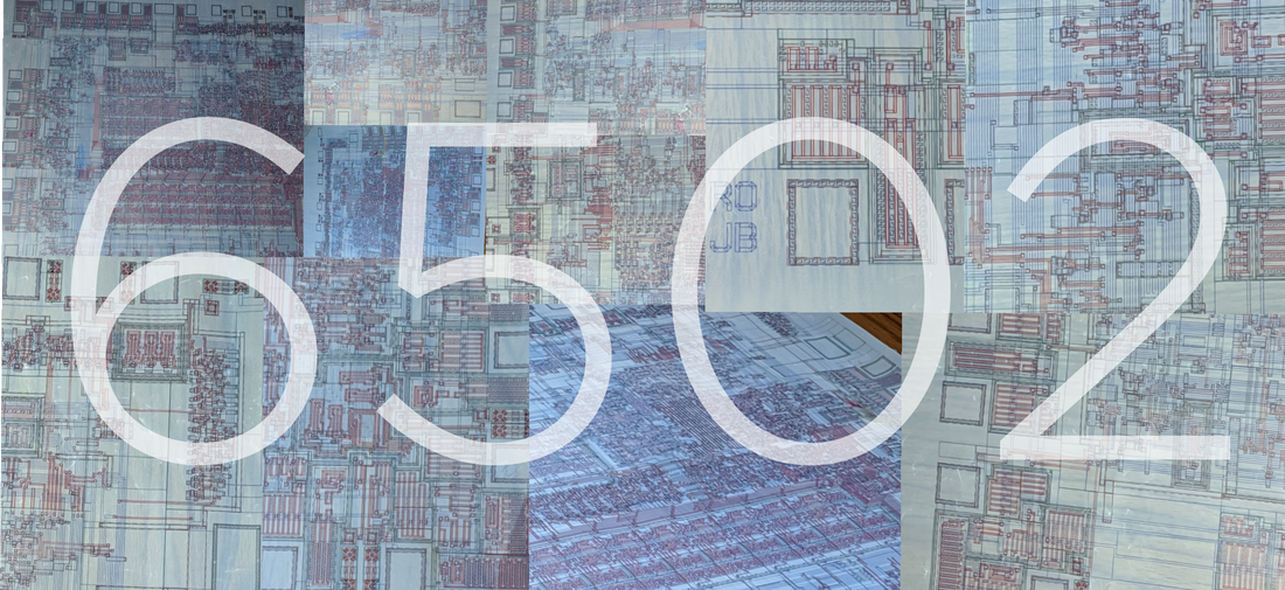Rod Orgill
|
Sam: The Most Famous Rescue Dog You Never Heard Of
by Nathan Winograd (son-in-law of Terry Holdt)
This is Sam, a rescue dog, over 40 years ago. He’s the most famous dog you never heard of. But his spirit resides in your smartphone, your laptop, your PC, and every other digital device that contains a microprocessor.
When we were kids, his name was inscribed on our Apple I and Apple II computers, on our Commodore 64, our Atari and Nintendo video game consoles. We didn’t know it. In fact, no one did. Only Rod Orgill, Sam’s adopted dad, knew.
Rod Orgill was an engineer who worked on the layout design of the MOS 6501 and 6502 microchips; the latter a design that many hail as a masterpiece of computer architecture. Because of its unprecedented affordability, the MOS 6502 was the chip that ushered in the modern personal computing revolution. This is how one historical commentator described it: “When one particular chubby-faced geek stuck one particular chip into one particular computer circuit board and booted it up, the universe skipped a beat. The geek was Steve Wozniak, the computer was the Apple I, and the chip was the 6502, an 8-bit microprocessor developed by MOS Technology. The chip, and its variants went on to become the main brains of ridiculously seminal computers like the Apple II, the Commodore PET, the Commodore 64, and the BBC Micro, not to mention game systems like the Nintendo Entertainment System and the Atari 2600…”
My father-in-law was an engineer and the product manager for the 6502. When we cleared out his home last year, we found original documents related to the creation of the chip. Since then, Jennifer, my wife, has been reaching out to the original 6502 design team members or their surviving relatives, including Phyllis Orgill, Rod’s widow, to ask them to share memories, archives, and stories that might add to the historical record about the 6502’s production.
Included in those stories is that of Sam, a small, rescued terrier who holds the honor of having one of the “pins” of one of the most famous computer CPUs in history named in his honor: S.O. for Sam Orgill. That Rod chose to record his contribution by inscribing the 6502 not with his name, but that of his dog, shows the love and affection clearly evident in the photos of Rod and Sam that Phyllis gave us to share with the wider world. Sam was adopted as a puppy shortly before Rod left Motorola to move his family across country to work on the MOS 6502. He lived with the Orgills for 17 years and in three different states before he died.
When Sam’s initials were inscribed on history, American “dog culture” had yet to bloom. While today our beloved canine companions share not only our couches, cars, workplaces, and beds, when these photos were taken 45 years ago, many dogs still spent sad and unfulfilling lives on the ends of chains or alone in backyards. The same could not be said of Sam.
And so Jennifer and I have come to think of the 6502 portending the future in more ways than one. Not only did it democratize technology by placing the transformative power of the microprocessor into everyone’s hands, but it bears the mark of a future in which our dogs would come to occupy such a special place in our hearts that they would become synonymous with who we are.
When we were kids, his name was inscribed on our Apple I and Apple II computers, on our Commodore 64, our Atari and Nintendo video game consoles. We didn’t know it. In fact, no one did. Only Rod Orgill, Sam’s adopted dad, knew.
Rod Orgill was an engineer who worked on the layout design of the MOS 6501 and 6502 microchips; the latter a design that many hail as a masterpiece of computer architecture. Because of its unprecedented affordability, the MOS 6502 was the chip that ushered in the modern personal computing revolution. This is how one historical commentator described it: “When one particular chubby-faced geek stuck one particular chip into one particular computer circuit board and booted it up, the universe skipped a beat. The geek was Steve Wozniak, the computer was the Apple I, and the chip was the 6502, an 8-bit microprocessor developed by MOS Technology. The chip, and its variants went on to become the main brains of ridiculously seminal computers like the Apple II, the Commodore PET, the Commodore 64, and the BBC Micro, not to mention game systems like the Nintendo Entertainment System and the Atari 2600…”
My father-in-law was an engineer and the product manager for the 6502. When we cleared out his home last year, we found original documents related to the creation of the chip. Since then, Jennifer, my wife, has been reaching out to the original 6502 design team members or their surviving relatives, including Phyllis Orgill, Rod’s widow, to ask them to share memories, archives, and stories that might add to the historical record about the 6502’s production.
Included in those stories is that of Sam, a small, rescued terrier who holds the honor of having one of the “pins” of one of the most famous computer CPUs in history named in his honor: S.O. for Sam Orgill. That Rod chose to record his contribution by inscribing the 6502 not with his name, but that of his dog, shows the love and affection clearly evident in the photos of Rod and Sam that Phyllis gave us to share with the wider world. Sam was adopted as a puppy shortly before Rod left Motorola to move his family across country to work on the MOS 6502. He lived with the Orgills for 17 years and in three different states before he died.
When Sam’s initials were inscribed on history, American “dog culture” had yet to bloom. While today our beloved canine companions share not only our couches, cars, workplaces, and beds, when these photos were taken 45 years ago, many dogs still spent sad and unfulfilling lives on the ends of chains or alone in backyards. The same could not be said of Sam.
And so Jennifer and I have come to think of the 6502 portending the future in more ways than one. Not only did it democratize technology by placing the transformative power of the microprocessor into everyone’s hands, but it bears the mark of a future in which our dogs would come to occupy such a special place in our hearts that they would become synonymous with who we are.

